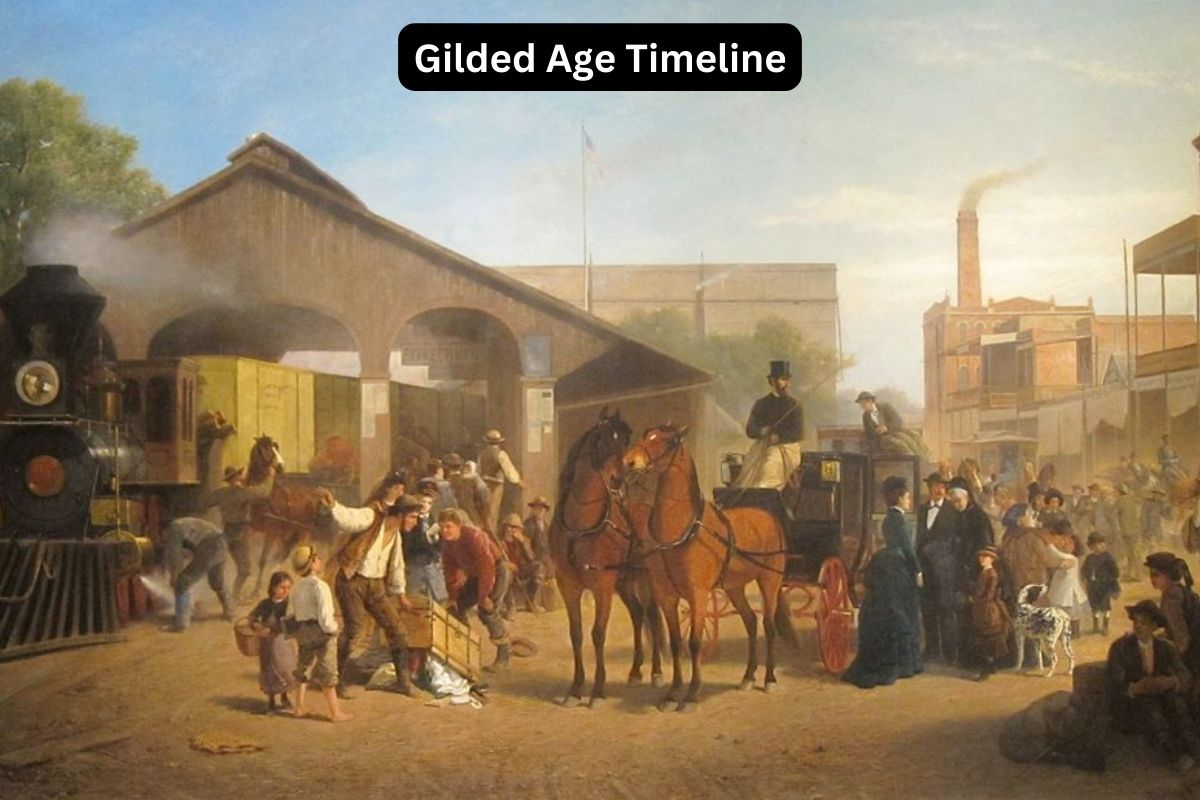The Gilded Age, a period spanning from the 1870s to the early 1900s, was a transformative era in American history characterized by rapid industrialization, economic growth, and significant social and political changes.
It was a time of both great prosperity and profound challenges, marked by the rise of powerful industrialists, labor unrest, technological innovations, and key legal and geopolitical developments.
In this article, we will explore the major events and themes that defined the Gilded Age, shedding light on the complex tapestry of this pivotal era in the United States.
| Year | Event |
|---|---|
| 1865-1877 | Reconstruction Era |
| 1869 | Completion of the First Transcontinental Railroad |
| 1870 | 15th Amendment |
| 1873 | Panic of 1873 |
| 1877 | Great Railroad Strike |
| 1882 | Chinese Exclusion Act |
| 1886 | Haymarket Riot |
| 1887 | Interstate Commerce Act |
| 1890 | Sherman Antitrust Act |
| 1892 | Homestead Strike |
| 1896 | Plessy v. Ferguson |
| 1898 | Spanish-American War |
| 1901 | Assassination of President William McKinley |
| 1902 | Coal Strike of 1902 |
| 1903 | Wright Brothers’ First Flight |
| 1904-1905 | Russo-Japanese War |
Timeline of the Gilded Age
1865-1877: Reconstruction Era
Following the end of the American Civil War in 1865, the United States entered a period known as the Reconstruction Era. This period aimed to address the challenges of rebuilding the South and integrating formerly enslaved African Americans into society as citizens.
Also Read: Facts About the Gilded Age
Key elements of Reconstruction included the passage of the 13th Amendment, which abolished slavery, and the 14th Amendment, which granted citizenship and equal protection under the law to all individuals born or naturalized in the United States.
The Reconstruction era also saw the establishment of Freedmen’s Bureau to provide support to newly freed slaves and efforts to establish new governments in the South.
Reconstruction ended in 1877 when federal troops were withdrawn from the South, and white supremacists implemented policies of racial segregation and voter suppression, marking the beginning of the Jim Crow era.
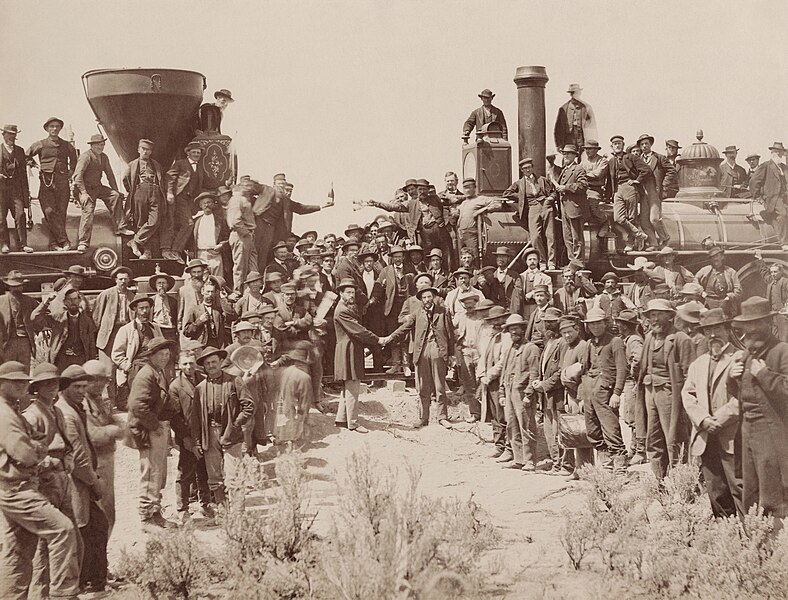
1869: Completion of the First Transcontinental Railroad
In 1869, the First Transcontinental Railroad was completed, connecting the eastern and western coasts of the United States.
The railroad significantly accelerated westward expansion and facilitated the movement of people, goods, and ideas across the continent.
Also Read: Progressive Era Facts
It played a crucial role in the economic development of the country, enabling easier transportation of resources, goods, and people.
1870: 15th Amendment
The 15th Amendment to the U.S. Constitution was ratified in 1870, granting African American men the constitutional right to vote.
This was a significant step towards equal civil rights for African Americans, though many would still face obstacles to voting, such as poll taxes, literacy tests, and intimidation.
1873: Panic of 1873
The Panic of 1873 was a severe economic depression that began in 1873 and lasted for several years. It was triggered by the failure of a major banking firm and was characterized by a financial crisis and widespread unemployment.
The depression resulted in significant economic hardship for many Americans, leading to labor unrest and social unrest.
1877: Great Railroad Strike
In 1877, the United States experienced the Great Railroad Strike, one of the largest strikes in the nation’s history up to that point.
The strike began when railroad workers protested wage cuts, poor working conditions, and exploitation by railroad companies. It quickly spread across the country, leading to significant labor unrest and violence.
Federal troops were eventually called in to suppress the strike, highlighting the tensions between labor and capital during the Gilded Age.
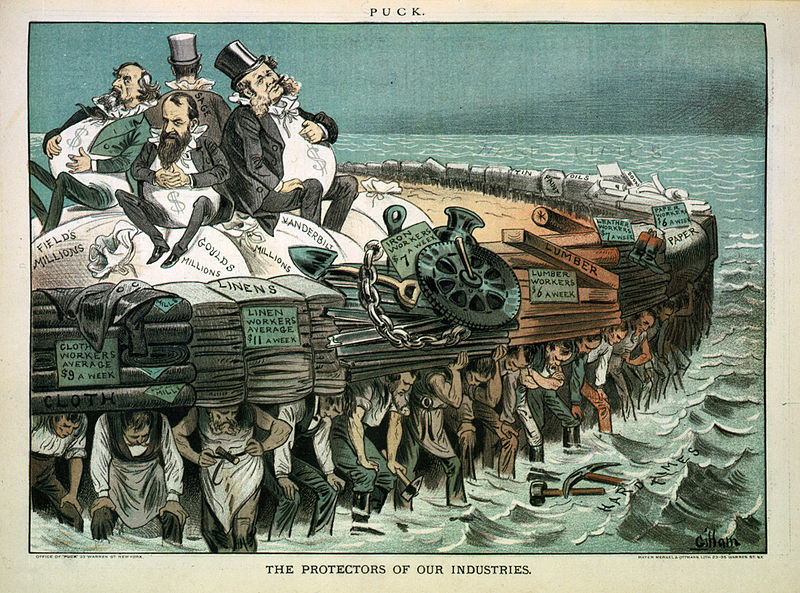
1882: Chinese Exclusion Act
The Chinese Exclusion Act, passed in 1882, marked the first significant restriction on immigration to the United States. It specifically targeted Chinese immigrants, prohibiting the immigration of Chinese laborers for ten years and denying them the opportunity to become naturalized citizens.
The Act was a response to economic and racial tensions on the West Coast and the belief that Chinese immigrants were taking jobs away from American workers. It set a precedent for further immigration restrictions in the coming decades.
1886: Haymarket Riot
The Haymarket Riot of 1886 took place in Chicago during a labor protest for workers’ rights and better working conditions. The protest turned violent when a bomb was thrown at the police, resulting in casualties.
The event led to the arrest and trial of several labor activists, some of whom were executed. It also fueled the public’s fear of radical labor movements and contributed to a backlash against organized labor.
1887: Interstate Commerce Act
The Interstate Commerce Act, enacted in 1887, was one of the earliest attempts by the federal government to regulate private industry. It aimed to regulate railroad companies engaged in interstate commerce and prevent discriminatory and unfair practices.
The Act established the Interstate Commerce Commission (ICC), the first regulatory agency in the United States, which had the authority to investigate and regulate railroad rates and practices.
1890: Sherman Antitrust Act
The Sherman Antitrust Act, passed in 1890, was one of the first federal laws designed to curb monopolistic practices and promote competition in business. It was intended to prevent anti-competitive behavior and the formation of trusts and monopolies.
The Act would become an important tool in the hands of future administrations and legal actions against monopolistic corporations, including the famous case against Standard Oil.
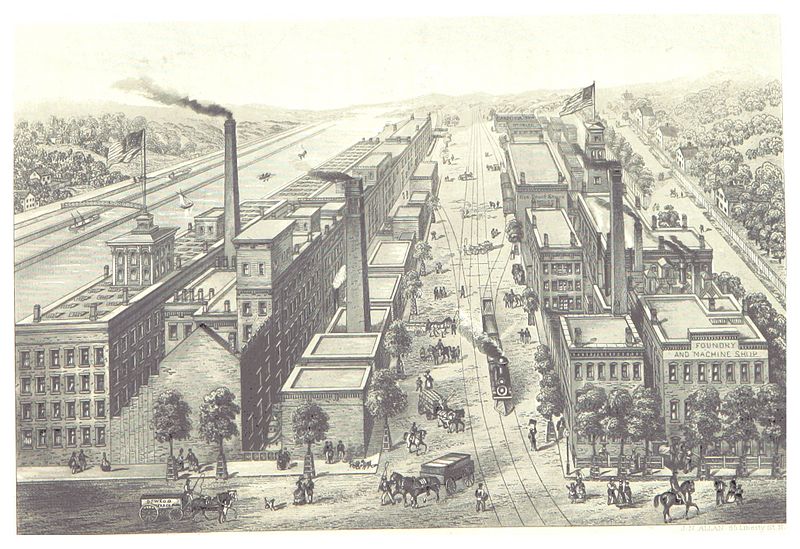
1892: Homestead Strike
The Homestead Strike of 1892 was a major labor dispute at the Homestead Steel Works in Homestead, Pennsylvania. Workers at the steel plant, owned by Andrew Carnegie’s Carnegie Steel Company, went on strike to protest wage cuts and poor working conditions.
The strike escalated into a violent confrontation between striking workers and private security forces hired by the company, resulting in deaths and injuries. The strike was ultimately broken, marking a setback for labor unions during this period.
1896: Plessy v. Ferguson
In 1896, the U.S. Supreme Court issued a landmark decision in the case of Plessy v. Ferguson. The ruling upheld the constitutionality of racial segregation under the “separate but equal” doctrine.
The decision effectively legalized segregation in public facilities and transportation, allowing states to maintain racially segregated institutions for African Americans and whites. This decision would have a lasting impact on the struggle for civil rights and equality in the United States.
1898: Spanish-American War
The Spanish-American War, which began in 1898, was a brief conflict between the United States and Spain. It was primarily fought over issues such as Cuban independence and the explosion of the USS Maine in Havana Harbor.
The war resulted in significant territorial gains for the United States, including the acquisition of Puerto Rico, Guam, and the Philippines. It also marked the emergence of the United States as a global military and imperial power.
1898: Klondike Gold Rush
The Klondike Gold Rush began in 1898 when gold was discovered in the Klondike region of Yukon, Canada. This discovery triggered a stampede of prospectors, known as “stampeder,” from various parts of the world, including the United States.
Tens of thousands of people flocked to the Klondike in hopes of striking it rich, leading to the rapid growth of boomtowns like Dawson City. However, the harsh conditions and high cost of living made it difficult for many to find significant gold deposits.
The Klondike Gold Rush had a lasting impact on the region’s economy and the development of the Yukon Territory.
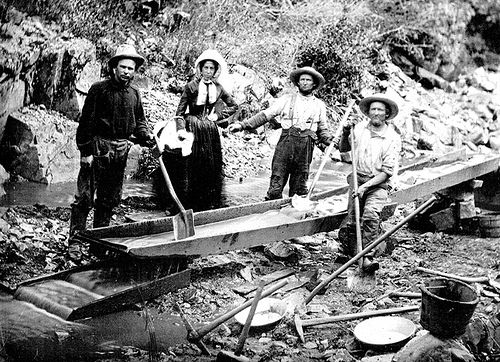
1899-1902: Philippine-American War
The Philippine-American War followed the Spanish-American War and began in 1899 when Filipino nationalists, led by Emilio Aguinaldo, sought independence from U.S. colonial rule.
The conflict resulted in a protracted and often brutal war, marked by guerrilla warfare and civilian casualties. The United States eventually defeated the Filipino forces and established control over the Philippines.
The Philippines would remain a U.S. colony until gaining independence in 1946, after enduring significant political and social changes under American rule.
1901: Assassination of President William McKinley
In 1901, President William McKinley was assassinated by anarchist Leon Czolgosz during a public event in Buffalo, New York. McKinley’s death led to the ascension of Vice President Theodore Roosevelt to the presidency.
Theodore Roosevelt’s presidency would be known for his progressive policies and efforts to regulate big business, earning him a reputation as a “trust-buster” and a champion of social reform.
1902: Coal Strike of 1902
The Coal Strike of 1902 was a major labor strike by coal miners in Pennsylvania’s anthracite coalfields. The strike was driven by demands for better wages, shorter workdays, and improved working conditions.
President Theodore Roosevelt played a key role in mediating the dispute, bringing together representatives of labor and management to negotiate a settlement. The strike ultimately resulted in some concessions for the miners, marking a significant moment in the labor movement’s history.
1903: Wright Brothers’ First Flight
In 1903, Orville and Wilbur Wright achieved the first powered, controlled flight in Kitty Hawk, North Carolina. Their aircraft, known as the Wright Flyer, marked a historic milestone in aviation history.
The success of the Wright brothers paved the way for the development of modern aviation, leading to advancements in technology and the eventual growth of the airline industry.
1904-1905: Russo-Japanese War
The Russo-Japanese War, fought between 1904 and 1905, was a conflict between the Russian Empire and the Empire of Japan over territorial disputes in Manchuria and Korea.
The war marked a significant turning point in global geopolitics, as it was the first time in modern history that an Asian power defeated a European power in a major war.
The Treaty of Portsmouth, mediated by President Theodore Roosevelt, ended the war and earned him the Nobel Peace Prize. This diplomatic achievement solidified the United States’ role as a global peacemaker.
